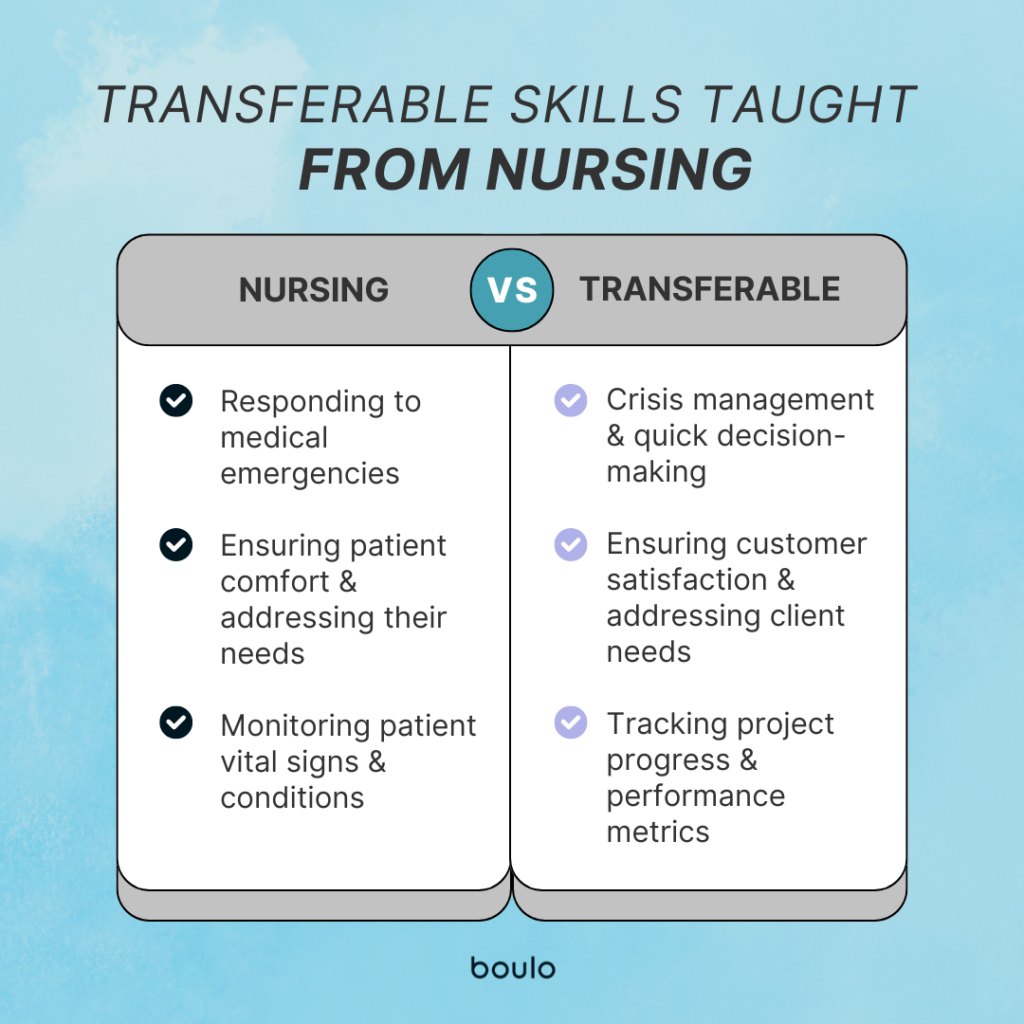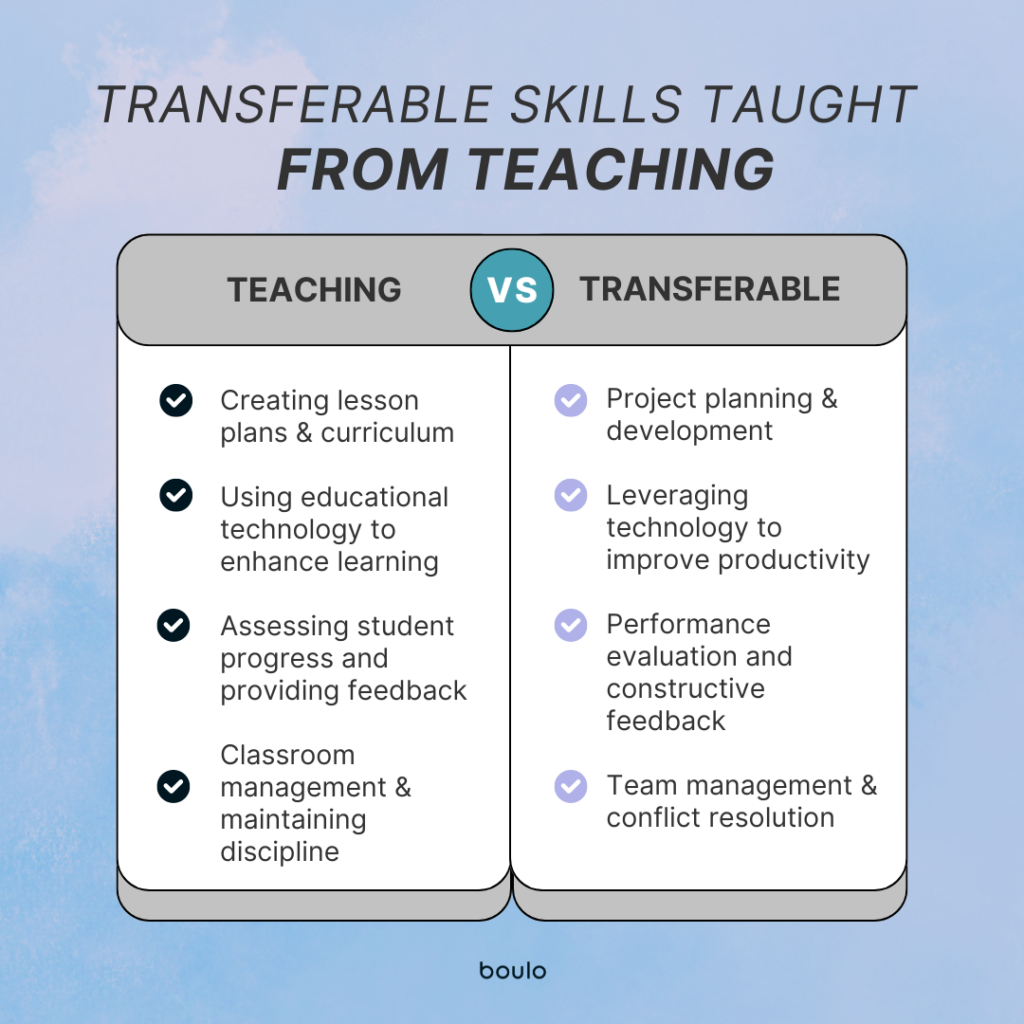People change over time, and it’s okay to seek a new career. It might feel late and like you’re starting over, but the skills you learn elsewhere are always transferable. You just need to rebrand them for your new career, and here’s how to switch careers no matter where you started.
How to Figure Out What’s Next:
When deciding how to switch careers, numerous tools can help you determine your next career move. Personality assessments are great for uncovering what inspires or drains you. Many free career assessments are available online.
Another approach is to ask your current manager about the skills in which you excel. Sometimes, others see our strengths better than we do. A brief conversation can provide valuable insights.
Additionally, reflect on your current role. Identify what excites you, what you love, and dislike. Keep a list of these observations to help guide your next steps. Ultimately, trust your judgment and take external advice with a grain of salt.
I Know What’s Next, Now What?
Once you’ve identified your new career path, how do you rebrand yourself without starting from scratch?
- Leverage Your Resources: Use tools like ChatGPT to determine how your current skills can transfer to your new role. Update your resume to highlight these transferable skills, emphasizing your previous experience and readiness for a new challenge. The following examples, generated with ChatGPT, demonstrate how to create transferable skills from nursing and teaching.


- Gain Specific Skills: Enhance your resume with online certifications relevant to your new career. Platforms like Google Certificate, Coursera, and LinkedIn Learning offer many options.
- Network Strategically: Automated application systems (ATS) can sometimes reject candidates who don’t perfectly match the criteria. Instead, connect with professionals in your desired field on LinkedIn. Request short informational calls to learn about their career paths and seek advice. These conversations can lead to recommendations or future opportunities that an ATS might miss.
- Skills-Driven Job Boards: Utilize job boards that prioritize a skills-first approach. For example, Boulo focuses on your previous roles and uses technology to identify the skills you’ve developed. This approach showcases your transferable skills to potential employers, highlighting how you can excel in new positions.
Switching careers can be exciting and daunting, but change is a natural part of life. With the right tools and strategies, you can effectively rebrand your existing skills and transition smoothly into a new field you love.


